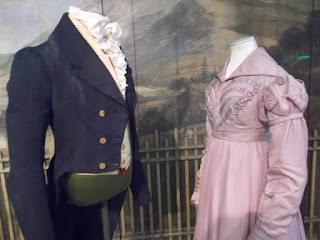To accompany our journal work I took a trip to the North Yorkshire home of Castle Howard on the 21st of November. The House was built by Sir John Vanbrugh, starting in 1699 and taking over 100 years to finish it


has been the home of ten generations of the Howard family; the same Howard's as Henry VIII's 5th wife Catherine Howard and his 2nd wife Anne Boleyn. The House, which spans 145 rooms has a wonderful collection of art and ancient sculptures by many celebrated artists including Joshua Reynolds and Thomas Gainsborough.
 |
| Castle Howard |
Seen from the outside the baroque detailing is evident in the even amount of windows, the pillars on the roof and the symmetrical layout of the building. The detail in the columns in the middle section shows the decorative style of the period.
 |
| The Entrance Hall ceiling |
The entrance hall for Castle Howard feels very busy with decoration and embellishments coving all available spaces. This makes for a busy room that would show of the families wealth and status when guests first arrived.
 |
| A symmetrical table of the period |
Even the detail on the furniture is very grand and elaborate. During the baroque period people wanted symmetry and by painting the designs in gold it was another way to show wealth.
 |
| The Wall paintings in one of the rooms |
This room is particularly interesting. All the walls in the room have paintings showing death and despair. The interesting thing about this room is that the walls weren't painted; instead they were digitally printed and stuck onto the walls when the Castle was used as a film set for Brideshead Revisited. The 'paintings' on the walls is so detailed that most people who walk through believe that they are real.
 |
| Celebrating Christmas in the ruins of a wing |
During the weekend that I visited Castle Howard they had decorated every room with Christmas decorations and were playing Christmas music. What was so interesting about the image above is that these decorations were placed in a section of the house that had previously been burnt in a fire in the 1940s.







































